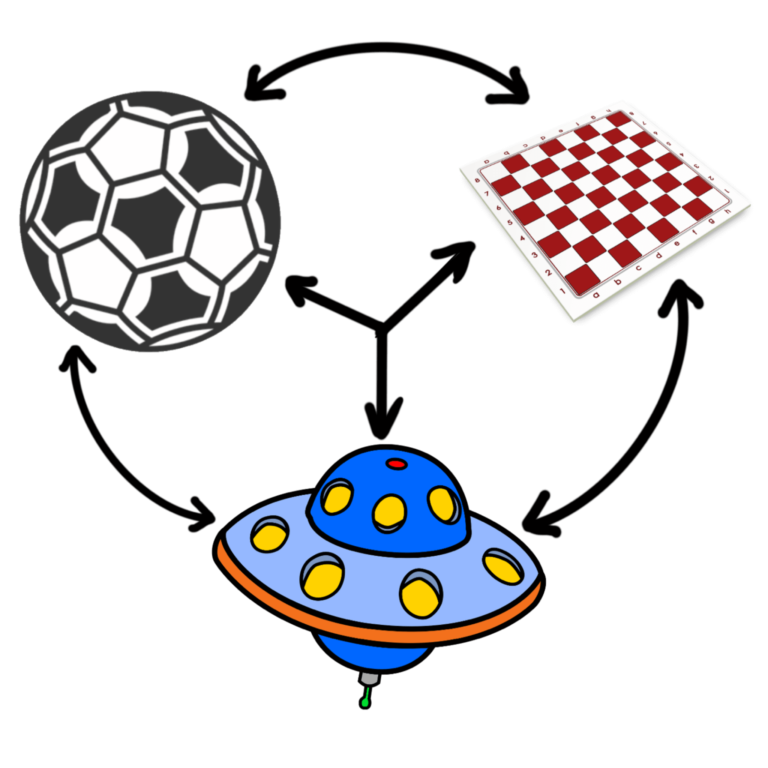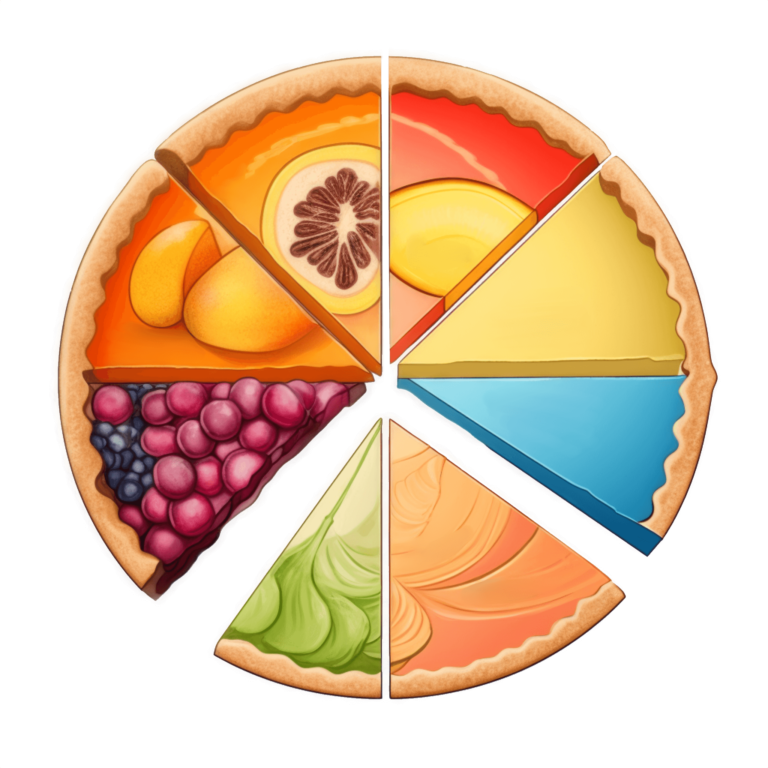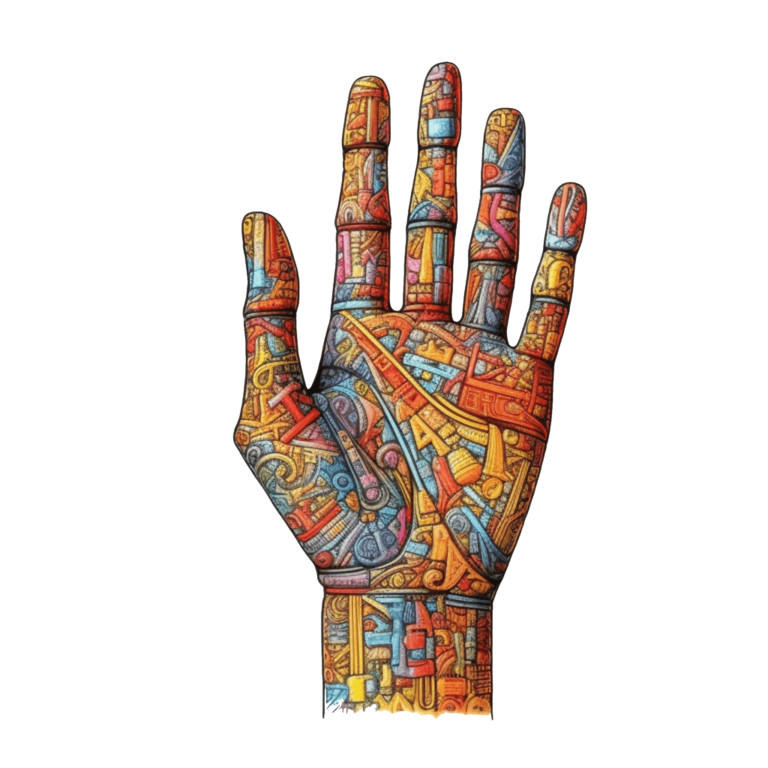Enhance Your Memory with Practical Memory Techniques
Every one of us possesses a great mind. The only difficulty we face is a lack of understanding of how we can make full use of this amazing tool. Every expectation of who we are is a projection of our existing memories and experiences. How we will react in a situation or how we speak, our motivation, our friends, etc. are all possible because of our existing memories. So we must learn more about how this amazing machine organ works and how we can use it to better our lives.
So, today we will delve into five powerful methods or techniques that can enhance our memory retention, stimulate creative thinking, and unlock new realms of imagination. All of these topics are discussed in detail in dedicated articles linked to each topic below:
1. Associations
Associative techniques involve linking new information with existing knowledge or experiences, creating meaningful connections that enhance retention and stimulate creative thinking. By associating concepts or ideas with familiar cues or vivid imagery, you can deepen your understanding and make it easier to recall information when needed. Associations can range from simple word associations to more complex visualizations and analogies.

2. Meditation/Visualization
Our brain is constantly active. Even as we sleep, our brain is working. It’s obsession with working is so severe that we have to consciously stop it from working. This is where meditation and visualization techniques come in. These techniques harness the power of our mind and enhance memory. By engaging in mindfulness practices and visualization exercises, we can sharpen our focus, reduce stress, and promote a healthy mental environment for generating new ideas and insights. Visualization techniques involve mentally rehearsing scenarios or outcomes, which can strengthen neural pathways with the associated memories.

3. Chunking
Chunking refers to breaking down complex information into smaller, more manageable chunks, making it easier to process and remember the information. By organizing information into meaningful patterns or categories, we can improve retention and streamline your creative thinking process. Chunking is particularly effective for remembering long sequences of information, such as phone numbers or musical notes, by grouping them into smaller, more digestible units.

4. Mnemonics, Rhymes, and Rhythms
Mnemonics, rhymes, and rhythms are mnemonic devices that leverage auditory and linguistic cues to aid memory retention. Although these are physical devices, they are categorized as memory techniques rather than tools. Simply because tools are external aids, whereas techniques are cognitive strategies that individuals employ to enhance memory. By creating memorable phrases, rhymes, or rhythms that encapsulate key information, we can encode information more effectively into your long-term memory. Mnemonics can take various forms, including acronyms, acrostics, and songs, each catering to different learning styles.

5. Sleep and Dream
There are many benefits to quality sleep, like health, less stress, productivity, etc. It is essential for memory consolidation and creative thinking. During sleep, the brain processes and stores information gathered throughout the day, strengthening neural connections and fostering creative insights. By prioritizing restful sleep and paying attention to our dreams, we can tap into our subconscious minds and unlock new sources of inspiration.

Conclusion
Incorporating these memory techniques into our daily routine can enhance our cognitive abilities and fuel our creative endeavors. Whether we are students, professionals, or lifelong learners, harnessing the power of a robust memory can open new doors to possibilities and enrich our personal and professional lives. All these great techniques—associations, meditation/visualization, chunking, mnemonics, rhymes, and rhythms—as well as embracing restorative sleep—allow us to unlock our full mental and creative potential.

